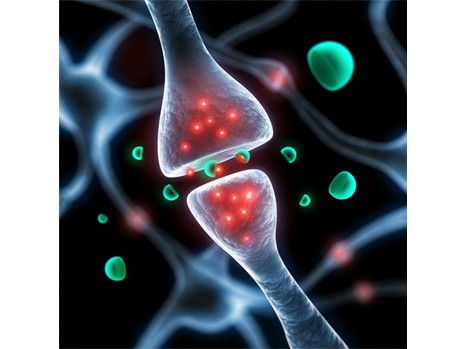Researcher Contact
Laure StrochlicChercheur Inserm
UMR8194 Centre de neurophysique, physiologie, pathologie (CNRS/Université Paris Descartes)
+33 (0)1 42 86 40 95
rf.mresni@cilhcorts.erual
Researchers from Inserm, CNRS and Paris Descartes University have just demonstrated the beneficial effect of lithium chloride on a group of genetic disorders responsible for muscle dysfunction known as congenital myasthenias. These results, obtained using a new mouse model of the disease, are published in The Journal of Neuroscience, and constitute an important step in the search for treatments for these rare diseases.
Congenital myasthenic syndromes (CMS) usually begin in the neonatal period, but sometimes begin later in childhood, during adolescence, or even in adulthood. They manifest as muscular weakness in the arms and legs, with involvement of the eyes, and facial and bulbar muscles (sucking, swallowing and vocal function [dysphonia]). They are characterised by dysfunction of neuromuscular transmission. This rare disease affects 1-2 individuals in 500,000 (source: Orphanet).

© Fotolia. Neuron Synapses enable the transmission of neuromuscular messages.
Using a transgenic mouse model of the disease, they have just shown the beneficial effect of a pharmacological compound known as lithium chloride (LiCl). Lithium chloride was already known as a treatment for some diseases of the central nervous system, such as depression and bipolar disorder.
The researchers are now working to see if these results can be reproduced in other models of congenital myasthenia, and are adjusting the dose and duration of treatment. They are planning a clinical trial to test the efficacy of LiCl and other inhibitors of the GSK3 enzyme in 2-3 years’ time.
These results are protected by a patent filed by Inserm Transfert.